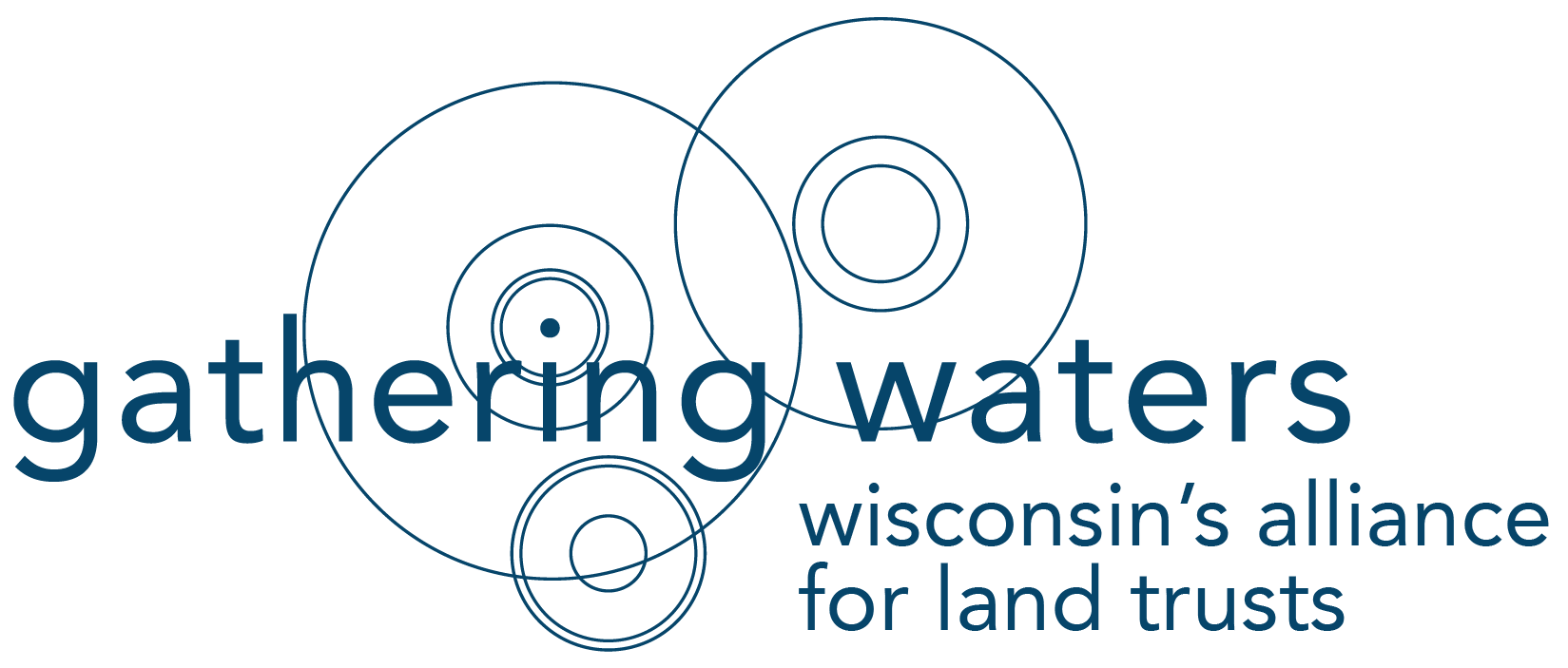The following commentary was shared by Dan Poulson, who farms in Palmyra in Jefferson County. He also co-chaired the Wisconsin Working Lands Steering Committee. This op-ed ran in The Country Today and Wisconsin State Farmer in early December.
The harvest is in, the holiday season is at hand, and we’re on the last page of our 2010 calendars.
It’s a good time to take stock, and, wow, what a year it has been. Many among us have faced unparalleled economic challenges. State and local governments are struggling to make ends meet. Many of our bedrock economic engines aren’t firing on all cylinders.
Fortunately, the picture includes some bright spots. Wisconsin agriculture has been a continuing star for our economy. Our agricultural products are in record demand locally and across the globe. Now that’s a success story.
One key to our success going forward is the strong farmland protection tools we have in Wisconsin. I recall long struggles to put in place use‐value taxation for our agricultural lands. Use‐value is extremely important, but it couldn’t prevent thousands of acres of prime farmland from being converted to other uses. When I served as co‐chair of the Wisconsin Working Lands Steering Committee, I saw first‐hand an outpouring of grass‐roots support for more tools to prevent the loss of farmland.
 Our broad‐based committee recommended several steps to strengthen farmland protection. After much discussion, many of these recommendations became part of what we know as the Wisconsin Working Lands Initiative. Passed by the Legislature as part of the current biennial budget, the WLI includes several important tools to help us protect farmland.
Our broad‐based committee recommended several steps to strengthen farmland protection. After much discussion, many of these recommendations became part of what we know as the Wisconsin Working Lands Initiative. Passed by the Legislature as part of the current biennial budget, the WLI includes several important tools to help us protect farmland.
As I take stock of the progress we’ve made, one thing is abundantly clear: We have better farmland protection tools today because that’s what people wanted. The program had strong grass‐roots support.
I’ve been around awhile. Seldom have I seen such an outpouring of interest and support for a program. It came from people all across the state. This outpouring of support led to the new tools we have today. They include an agricultural enterprise areas (AEA) program that allows groups of farmers and local governments to identify important areas for
preserving and growing agricultural businesses. In return, farmers receive enhanced tax credits. Perhaps more important is the certainty that agriculture will have the chance to thrive in these areas.
Also in place is a purchase of agricultural conservation easements (PACE) program. This voluntary program targets
some of our best farms for protection through voluntary purchase of development rights agreements. PACE starts
at the local level, but the state may provide up to 50 percent matching funds to purchase the permanent easements on strategically targeted farmland.
Both PACE and AEA programs are up and running. They depend on people in counties and local communities making important decisions on wise rural land use. So counties across the state are updating their farmland protection plans to better pinpoint what areas should be protected for agriculture, and also where future development makes the most sense. These efforts draw local people together to determine what’s best for their local communities.
We have come a long way in a very short time. Rural folks and many urban neighbors have spoken with conviction
about the need for these new tools. Wisconsin residents also spoke up at the polls on Nov. 2. They changed the legislative and executive branches of state government. Many returning lawmakers from both parties understand the value and importance of farmland protection. I’m confident that once our new leaders have a chance to understand the need, they’ll build on our growing legacy.
At the grass‐roots level, we need to be vigilant. We need to educate and re‐educate about how important farmland protection is to Wisconsin agriculture and the whole state. We need to speak that message at meetings of our farm groups and our Wisconsin Towns Association and Wisconsin Counties Association gatherings. Same goes for where decisions are made by local and state government. And, yes, we need to communicate with our urban neighbors about this, too.
In a rapidly changing world, one thing is certain: Protecting Wisconsin’s best farms and farmland is a tremendous investment in our future. That’s good for everyone in our state.
For more on the status farmland protection measures in the Working Lands Initiative, visit www.wisconsinfarmland.org.


